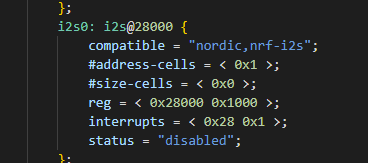Hi,
I would like to clarify a few points related to the power saving modes of the nRF9160 and how it behaves in low-power states.
1. PSM Current Consumption — What Does the 2.7 µA Refer To?
According to the documentation, Power Saving Mode (PSM) is an LTE feature that allows the device to enter a deep sleep mode while remaining registered to the network, with a typical current consumption of around 2.7 µA.
Question:
Does this 2.7 µA value refer to the entire nRF9160 SiP (including both the application processor and the LTE modem), or only to the LTE modem?
2. Waking Up from PSM via GPIO Event
I understand that PSM is a modem-specific feature, but in my application I would like the device to remain registered to the LTE network while allowing the system to "wake up" on a GPIO event in order to send data.
Question:
Is it possible to wake up the application core from sleep via a GPIO interrupt while the modem is in PSM, without losing the network registration or having to re-establish the LTE connection?
3. System OFF and Wake-up Without Reset
I know that System OFF mode achieves extremely low power consumption and can be exited via a GPIO event. However, waking up from System OFF results in a full system reset.
Question:
Is there a low-power mode (similar to System OFF or with very low current consumption) that allows the application to wake up on a GPIO event without triggering a reset?
Intended Behavior in My Application
Here’s the behavior I want to achieve in my application:
-
The nRF9160 should stay in an ultra-low power state (a few µA).
-
The LTE modem must remain registered to the network (so PSM seems appropriate).
-
When a specific GPIO event occurs:
-
The application core should wake up,
-
Be able to immediately send data via LTE (without re-registration),
-
And then return to low-power mode again.
-



